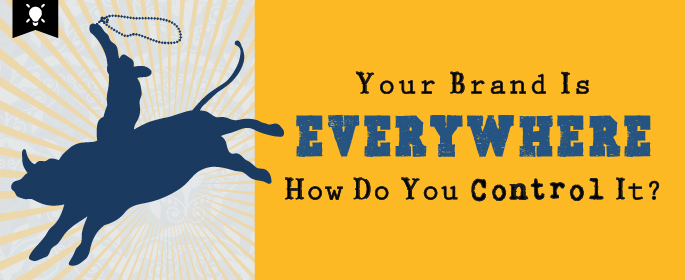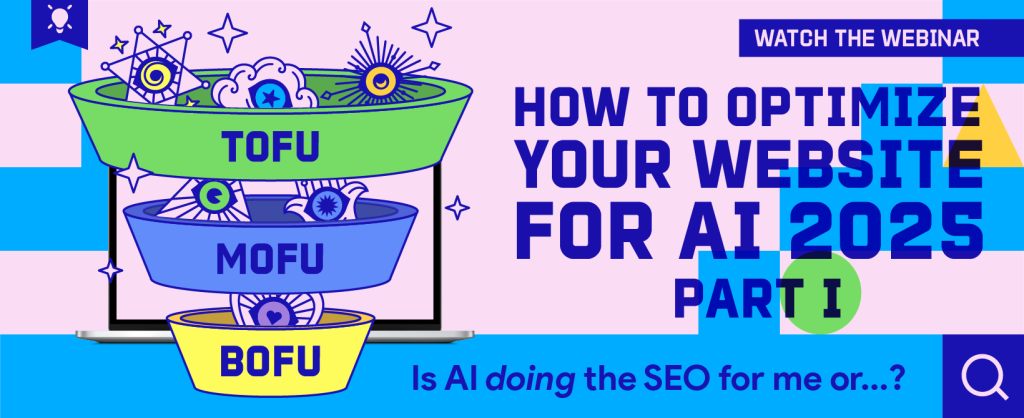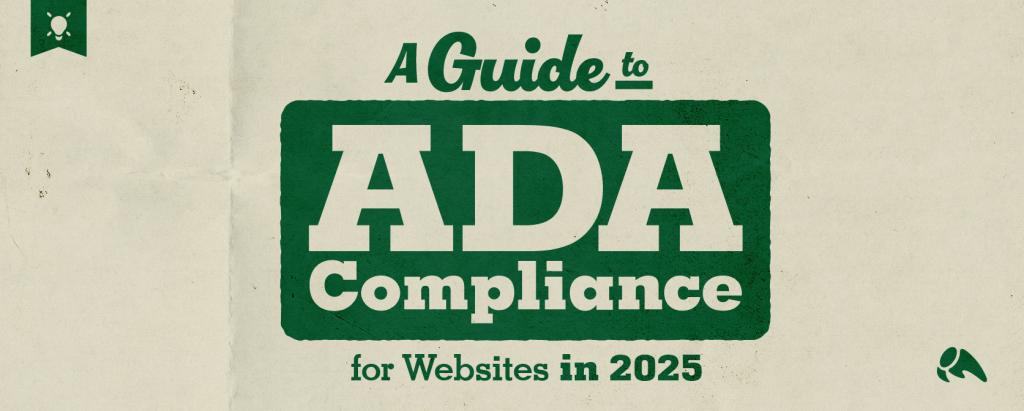
Brand.
I think about brand often. I think about it in terms of our clients – what is their unique story, how does it connect with their customers, how do we empower those customers to live that story – but I also think about it in terms of Overit.
- What is Overit’s brand?
- Is it aligned with Dan’s original vision?
- Does our brand alter based on where you are sitting – if you are a client, team member, marketing professional, etc.?
- If I ran into Overit in a dark alley, would I recognize it?
These are the things that I think about when it’s 2:30 a.m. and I am awake for absolutely no reason.
I don’t just think about brand, I also read about it. Over the years, I’ve encountered different definitions regarding what branding is or how to define it. Recently, I stumbled upon Avinash Kaushik’s Company + Product + People brand equation and was struck by its beauty and simplicity. But the definition that has stayed with me over the years came from Ze Frank. More than a decade ago, he called your brand your “emotional aftertaste.” It’s the feeling you evoke when you’re no longer there. That’s brand.
You can watch Ze explain it here:
[warning: some adult language/concepts.]
Whether you sit in the boardroom, in-house or on the agency side of things, the challenges for creating a meaningful, consistent brand are very real. And there are so many reasons why it’s hard. Everything from difficulties in creating the brand itself to positioning it against fragmented consumer experiences to changes in how brands and information are discovered.
What clients and others often ask is: If I’m going to spend time investing in brand, I want to make sure I can control it. How do we control the brand message?
The simple answer is you don’t.
The reason you can’t control your brand is because your brand is alive, and it’s everywhere. This can sometimes be difficult to understand, however, below are just some of the places your brand exists.
Your brand lives in:
- Your Website: It is the story your website tells and the feeling it evokes in the level of trust, approachability, and the knowledge you portray. It is your posted mission statement, the way you speak to what you do, and the way you feature your audience.
- Your Social Media Accounts: It is the content you share, your tone when speaking to your followers, and how you address customer service issues.
- The Content You Create: It is your expertise and the way you speak to your audience, both in language you use and the tone in which you hold them. How do you show the value you hold for your customers/clients and solving their problems?
- Your Employees: Your team is the living, breathing embodiment of your brand. Any time they speak — whether to a customer or via their own social media channels — they are sharing your brand.
- The Emails You Send to Customers/Clients: Your speed at returning emails, the way in which you provide updates and status, and your tone. This is your brand.
- The Emails You Send Internally: See above.
- The Invoices You Send: Yup. Even this. This is your brand.
Your brand is also things you don’t control. Things like:
- Social Media Comments: Your brand is what people say about you when you’re not in the room…and when they are on Twitter, Facebook, LinkedIn, YouTube, Pinterest, and elsewhere on the social Web.
- Review Sites: It is the comments left for you on third-party sites like Yelp, HomeAdvisor, Angie’s List, or Glassdoor, as well as the way you respond to those comments, regardless of whether they are positive or negative.
- Forum/Blog Comments: It is what people say about your company or your product when commenting on blogs, discussion boards, forums, etc.
If your brand is the combination of these things (and so much more!), you start to see that it has more legs and arms and moving parts than you could ever hope to wrangle. There are simply too many places where your brand lives — some that don’t involve your actual participation at all. If you can’t control, can you shape it?
Yes. You shape your brand by developing processes that will help your team to understand what it is, how to message it, and how to live it in a way that inspires others to talk about it behind your back the same way they talk about it to your face. (That last part is the kicker.)
What does that process look like?
- Gather your team and map out what your customer experience looks like. Pull in applicable data from your executive, marketing, sales and support teams to identify each customer touchpoint. Start with the very-first time a consumer might encounter your brand (hint: This is BEFORE they ever contact you) and continue mapping long after they’ve “converted” from a traditional sense and entered a retention relationship with the company.
- Develop customer-centric value statements for the organization to put on paper what your brand is and what that means for how you treat customers.
- Take it a step further by annotating your customer experience map to show how your value statement applies at each touchpoint, for every person within the company. For example, how does your support team live the brand when responding to an angry (or happy) customer? How does the CEO represent the brand when addressing the team or speaking publicly? How should your account team correspond with clients via email? Share this document widely.
- Hire people based on their ability to understand your brand. Ask pointed questions in the interview process that will get at how the candidate will handle difficult situations while staying true to what the company believes.
- Be accountable to the brand. Check in with yourself and with your team – assess situations that have come up and analyze how they were handled. Measure brand sentiment over time to put data to your efforts. Has the conversation around your brand changed? Is the right message being portrayed? How are you addressing that customer experience map? What could be tweaked?
I spend a lot of time thinking about brand because it’s a subject that excites me. As businesses and marketers and humans, brand exists all around us. It’s something always in flux and always evolving. Being able to define a brand, and to use it change how businesses are run — how powerful is that?
Subscribe to our blog to receive all the latest tips & tricks from the Overit team!







